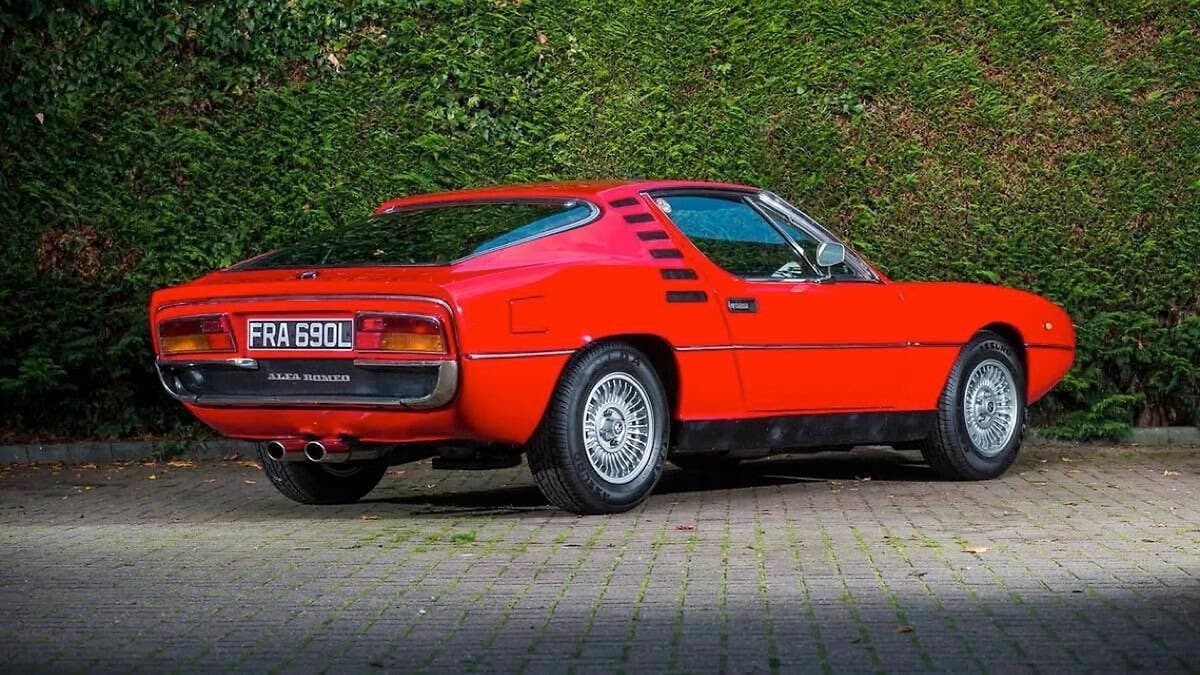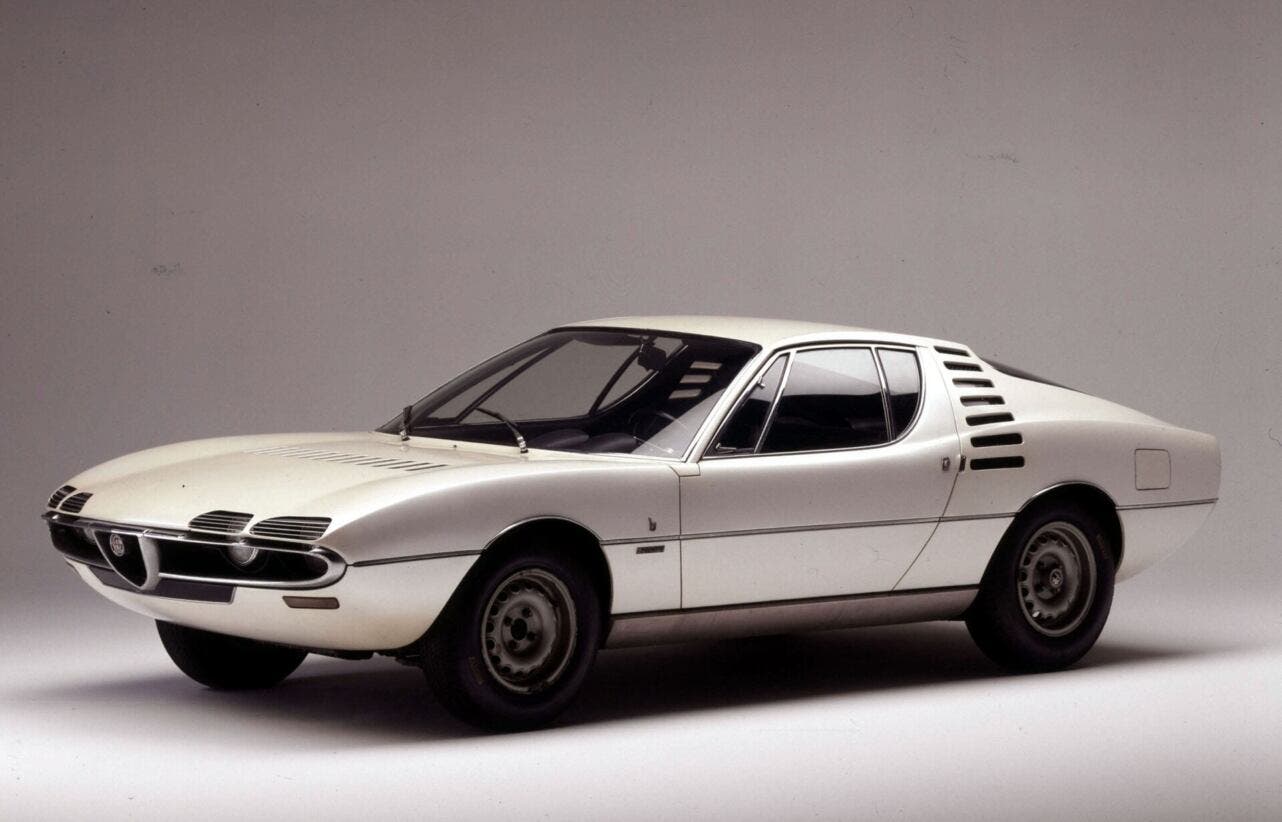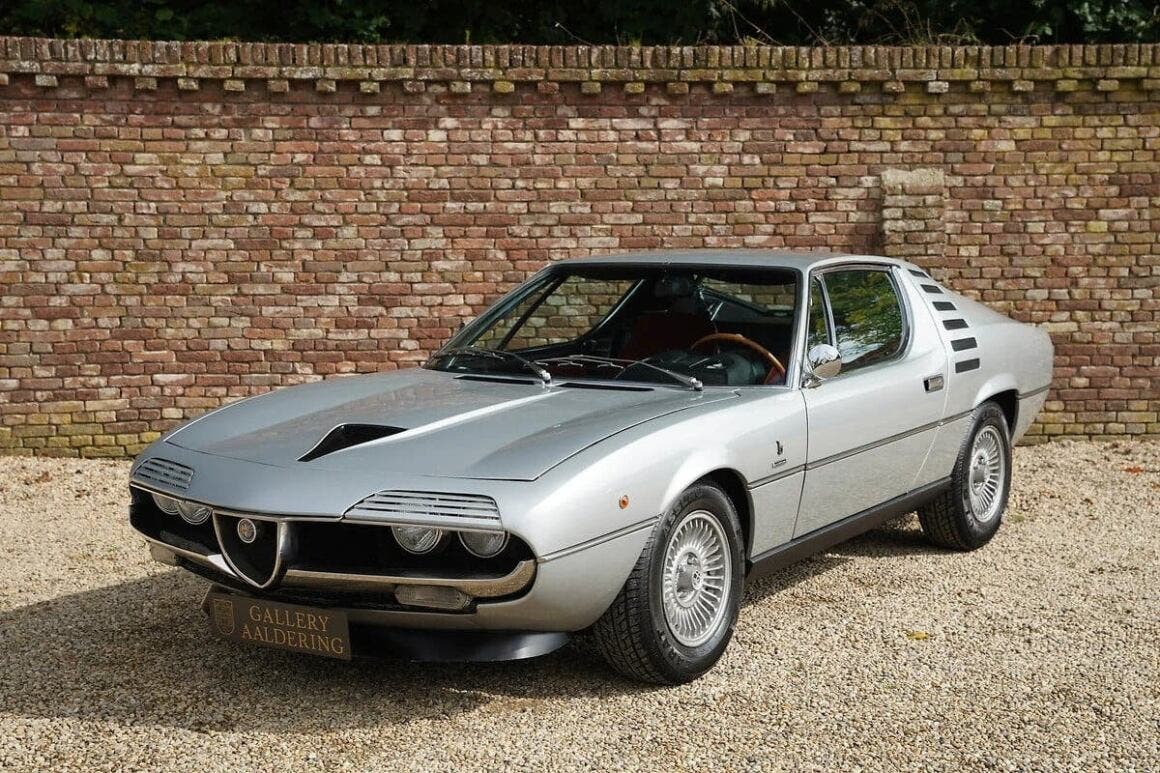The 1967 Montreal Expo, organized to celebrate the centenary of the Canadian Confederation, was one of the most emblematic events of the century. Local authorities, led by Mayor Jean Drapeau, seized the opportunity to leave a lasting mark: a new metro line was built with a direct stop at the exhibition site, and the artificial island of Notre-Dame was created from landfill in the St. Lawrence River, today famous for hosting the Formula 1 circuit named after Gilles Villeneuve.
How Expo 67 in Montreal gave birth to the Alfa Romeo Montreal

The World’s Fair took place against the backdrop of the Cold War, becoming a stage for the rivalry between the United States and the Soviet Union, who showcased their technological advances and achievements in the space race. Expo 67 also became a symbol of modernity, thanks to futuristic pavilions and experimental architecture that impressed the world with bold forms and innovative materials.
It was within this context that the legend of the Alfa Romeo Montreal was born. In the “Man the Producer” pavilion, dedicated to the technological achievements of modern man, two prototypes commissioned from Alfa Romeo were unveiled, with the aim of representing “the highest aspiration of man in an automobile.” Designed by Marcello Gandini at Bertone, the cars caused an immediate sensation: more than 50,000 visitors a day admired them, and Alfa Romeo’s Turin headquarters received thousands of requests for a production version.
The overwhelming response led Alfa Romeo to change its plans, resulting in the birth of the Montreal, a production model that faithfully carried over the prototypes’ design. Its aggressive lines, low-slung profile, and unique details, such as the famous “eyebrows” above the headlights that lifted when switched on, gave it a truly distinctive character. Muscular in its proportions, with sculpted air intakes and the signature “gills” on the rear pillar, the Montreal instantly became a benchmark of Italian automotive design.

On the technical side, the project drew on Alfa Romeo’s racing experience. The mechanical foundation was based on the Alfa 33 race car, paired with the chassis of the Giulia GT V. Under the guidance of Orazio Satta and Giuseppe Busso, a 2.5-liter V8 engine was developed, producing 200 hp and delivering sharp response, thrilling power delivery, and a distinctive exhaust note. The chassis and suspension remained true to Alfa’s tradition, offering agility, precise steering, and a direct connection between driver and machine.
With just 3,900 units produced, the Alfa Romeo Montreal remains one of the most iconic cars of the 1970s, a symbol of elegance, exclusivity, and the “gran turismo” spirit. Above all, it stands as a testament to how an unexpected triumph at a world exposition transformed into a timeless automotive legend.
